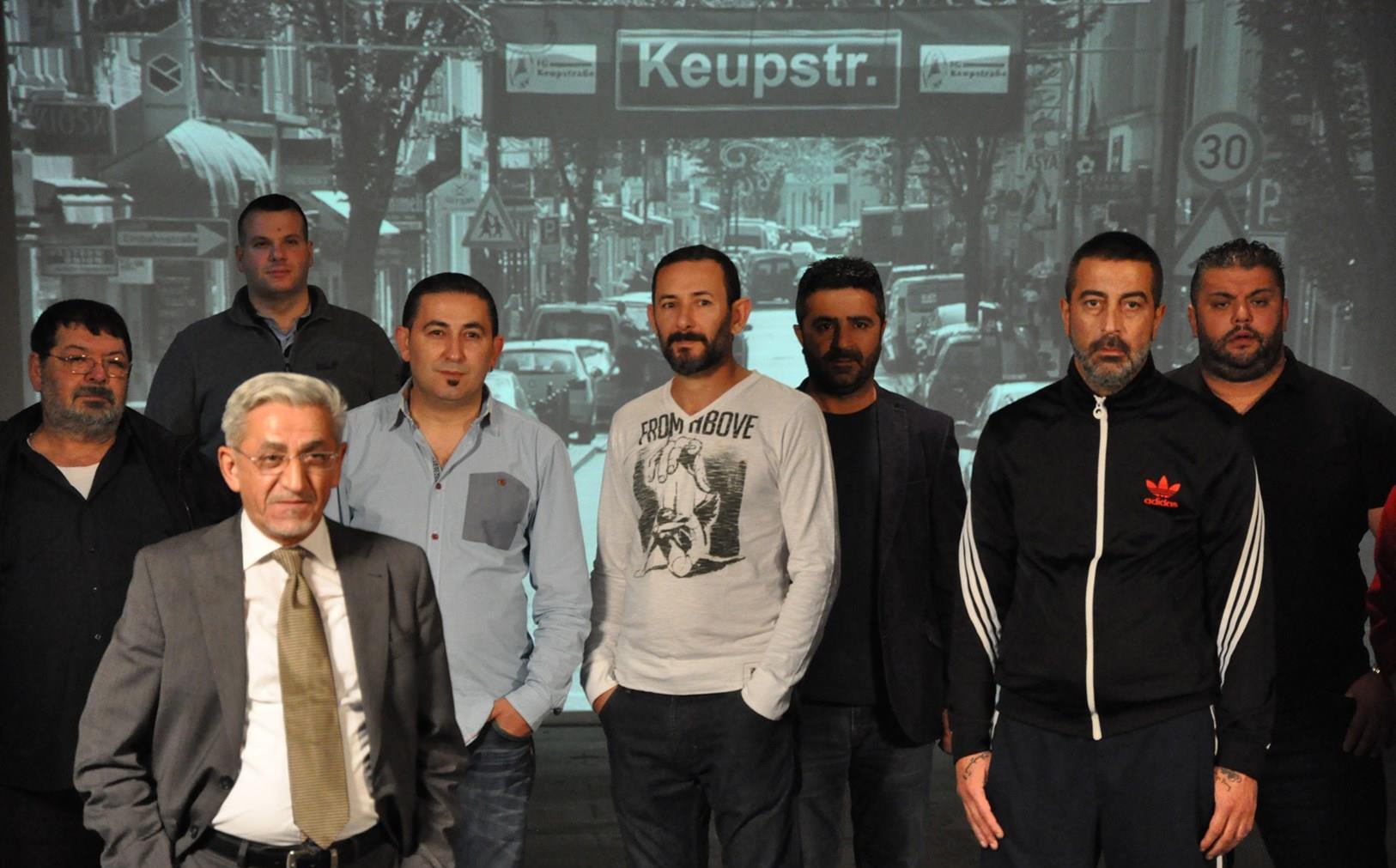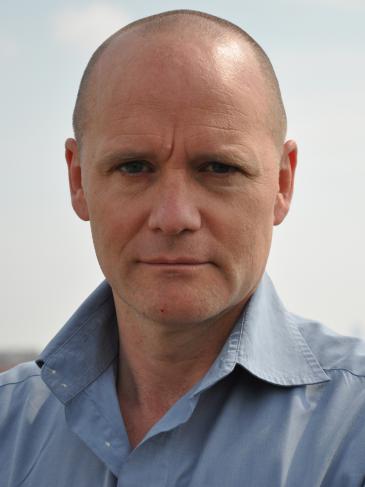Probing the open wound

Cologne, 9 June 2004, Keupstraße: a man approaches on a bicycle, carrying a large parcel on the luggage rack. Shortly afterwards, a nail bomb explodes outside Ozcan Yildirim’s hairdressing salon. 22 people suffer partly severe injuries, including Yildirim and his brother.
The bombers? The authorities soon decide the victims themselves must have been the perpetrators. An act of terror is ruled out from the outset, as Germany’s then interior minister, Otto Schily announced: "The findings our security authorities have made to date do not indicate a terrorist background, but point to a criminal environment." Police and investigators suspected conflicts between businesspeople of Turkish origin and mafia-like structures. Or even insurance fraud, suggested by the very first question – "Are you insured?" – asked by officers attending the scene.
For seven long years, the authorities stuck to their convictions – until 2011. That’s when it became clear that the "National Socialist Underground" (NSU) was responsible for the bombing.
Until that point, however, the victims from Keupstraße, a mainly Turkish shopping street in Cologne’s Mulheim district, were rendered criminals, with investigations against them continuing for seven years – even though they informed the police on several occasions of their suspicions that the bombers might come from the radical right.
Abdulla Ozkan, a customer in the hairdressing salon at the time of the attack, was also severely injured; he is one of the documentary’s main protagonists. He too was accused in police interrogations of being part of a criminal "bouncers scene". "We weren’t questioned like victims. They didn’t ask us if we needed anything, if we were medically OK, if we wanted a drink or anything like that. They were hard as nails – I was a suspect for them, not a victim," he says.
Structural racism – from innocent bystander to criminal
The long process of false accusations becomes horrifyingly clear when the director Andreas Maus quotes from the investigation files, to which he had access as a journalist. The quotes are presented plainly by actors against the backdrop of an old factory hall, sparely lit, the camera directly on the speakers. A stark device that concentrates the dialogues from the police files far away from the events on bustling Keupstraße, transfixing cinemagoers. With our present knowledge that it was right-wing radicals who wanted to kill as many passers-by as possible with their nail bomb, the questions and answers from the interrogations come across as almost cynical. Questions about private life are routine, harmless card games are blown up into accusations of gambling, other women are suggested, income from a family business is seen in a dubious light.
The police even had Yildirim followed by undercover investigators; after all, he cut the hair of "strong-looking men" in his salon. "They all pointed the finger at us," says Yildirim. The previously friendly Keupstraße neighbourhood became riven by mistrust and suspicion.
The film never emotionalises, never stages its own truths; it is these police questions that illustrate the failure of the German authorities – and the state as a whole – with no further comment necessary. Even Cologne’s then police president, Klaus Steffenhagen, makes a confident appearance on screen. Only to assure us, however, that he did not follow the investigations at the time and can therefore not make a statement on them: "I simply have no knowledge of the case" – an added dash of cynicism.
Second-class victims

The director and experienced journalist Andreas Maus resurrects 2004’s TV pictures and hectic headlines, interrupted by nails falling in slow motion, used repeatedly as a scenic element. These inserts are symbolic of the wounds left by the nails to this day. They are still buried deep in the victims’ flesh, not only wounding body and soul, but also symbolising profound disappointment, powerlessness and for some, like Abdulla Ozkan, a lack of basic rehabilitation and support for dealing with the long-term effects. "We’re second-class victims," says Ozkan.
The structural mistakes in the investigation and the prejudice at play are a slow and cruel illustration of this failing. One victim puts it very clearly in the film: "There were two bombs: one blew nails at us when it exploded and the other was the justice and legal system that didn’t work."
Only years later, once it became clear who was behind the attack, did the whole country seem to stand behind the victims. There was the "Birlikte Festival" for example, held in Cologne on the tenth anniversary of the bombing, in the summer of 2014. Seventy thousand people, including local and national politicians and celebrities, came together for media-friendly solidarity rallies under the motto "Stand Together".
Maus documents this aspect too from a distance, uncommented, letting the footage speak for itself. Promises are made, changes pledged, the victims and the hairdressing salon, forgotten for ten years, suddenly find themselves almost celebrities in the limelight as the media and politicians flock to the neighbourhood, looking awkwardly staged at times. With the words "Hello, here I am," a smiling federal president turns up for a photo opportunity with the NSU victims in the crowded salon.
Probing the open wound
Maus’s important documentary performs urgently needed political education work, probing the open wound, where the authorities and the state have failed. And it shows what that failure does to people who have been integrated into German society for decades, fall victim to German terrorists and have to live with the situation without a voice.
Maus also succeeds in regaining the deeply shaken trust of the victims, so as to assemble the many pieces of the NSU jigsaw. Not only that – he gives the victims an opportunity to reflect anew on screen, to discuss and bear witness.
He didn’t want to promise justice with the documentary, Maus said, but the film not only leaves many questions unanswered, such as why the failures of the German state have apparently had no consequences. It also leaves the audience with the oppressive feeling that the "coiffeur from Keupstraße" is exemplary of many mistakes made on a small and large scale – without ever having been systematically investigated.
Petra Tabeling
© Qantara.de 2016
Translated from the German by Katy Derbyshire